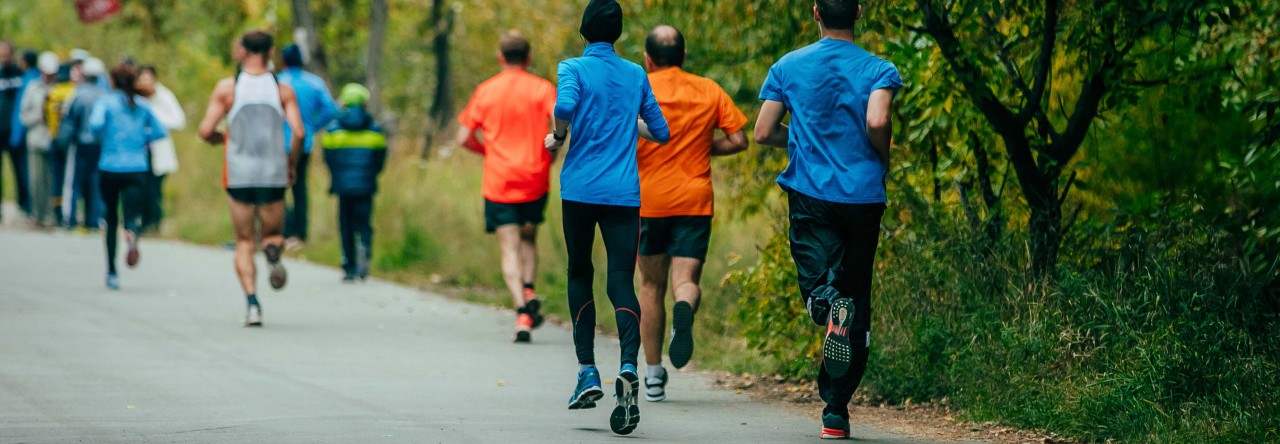Over the past few years, I’ve been thrilled to see more and more children enrolled in my running technique sessions. This surge reflects parents’ growing awareness of how essential proper running form is for young athletes. In talking with them, I discovered that many had identified a barrier preventing their kids from gaining speed in sports like soccer and football, sports where effective running makes a significant difference.
As I’ve mentioned before, no one ever teaches us how to run. We self-taught it before we were even two years old, and we’ve simply refined that same basic movement ever since. Running technique is dictated by neural signals between the brain and body, and from birth we have unique strengths and weaknesses. Our little brains instinctively figured out the fastest way to go from point A to point B, and that became our “natural” running style. Realizing this should humble us: the way you run may not be the best possible way, and even highly successful runners often benefited from good genes or early luck. What truly sets a runner apart is the effort invested in maximizing whatever natural advantages they were born with.
Having established that our natural, self-taught running style is formed in early childhood, it’s crucial to recognize that this method is bounded by the laws of physics. No amount of training will push you past this invisible ceiling—you can only ever reach it, never surpass it. When you stop training and lose fitness, you fall back from that wall; when you train again, you inch closer to it, but you’ll never break through. It’s a tough reality, but accepting it is the first step toward making the most of your own limits. Many parents notice that even with countless hours spent playing sports like soccer or footy, their children still plateau in speed and agility, because the natural technique established early on remains the ultimate boundary.
I have been teaching this running technique for over ten years, working with both adults and children. In each group, some learners quickly understand and integrate the new form into their natural stride, while others still struggle by the end of the series. Adults often grasp the theory more easily, but applying it feels like learning an unfamiliar dance, something their established muscle memory resists. Children, by contrast, are guided more by instinct, which makes it difficult to convince them to override what feels right. Ultimately, neither group universally outperforms the other: adults understand faster but cannot always execute, and children absorb movement intuitively but cannot always be coached away from ingrained habits.
In conclusion, while children may not fully grasp the concepts and theories behind running technique as well as adults do, it is still highly beneficial for them to learn these skills as early as possible. Early exposure gives them the best chance to internalize and apply proper technique at some stage in their life, potentially unlocking their full athletic potential when it matters most.


Comments are closed.